Choosing Your First Firearm: A Beginner’s Guide
Purchasing your first firearm can feel overwhelming with so many models, calibers, and features available. Whether you're considering gun ownership for self-defense, sport shooting, or home protection, it’s important to make an informed decision. This guide is designed to help beginners select the best first gun for their needs by examining key factors such as intended use, ease of operation, and comfort. We'll also explore the advantages of choosing a self-defense handgun and the value of proper training along the way.
1. Determine the Purpose of Your Firearm
Before walking into a gun store or shopping online, consider why you want a firearm. Your intended use will heavily influence what type of gun is right for you. Most beginner firearm purchases fall into one of three categories:
Home Defense: Prioritizes reliability, stopping power, and ease of use under stress.
Concealed Carry/Self-Defense: Focuses on compact size, manageable recoil, and concealability.
Recreational/Sport Shooting: Emphasizes comfort, affordability, and ease of maintenance.
If you're looking for a self-defense handgun, factors such as weight, size, grip texture, and magazine capacity become very important. A firearm used for home defense may be slightly larger and more powerful, while a concealed carry gun should be compact and lightweight.
For beginners, the 9mm caliber is widely recommended due to its balance of recoil control, availability, and stopping power. Revolvers offer simplicity and reliability, making them a good choice for those who prefer fewer moving parts. Semi-automatic pistols, on the other hand, often provide higher capacity and faster reloading options.
2. Consider Fit, Comfort, and Ease of Use
Once you have a general idea of what type of firearm suits your purpose, the next step is to find a gun that fits your hand and feels comfortable to operate. A firearm should be an extension of your body, not a struggle to control. Here are some key features to evaluate:
Grip: Your hand should fully wrap around the grip, with fingers able to comfortably reach the trigger.
Weight: Heavier guns tend to absorb recoil better but may be harder to carry for long periods.
Controls: Make sure the safety, slide release, and magazine release are accessible and easy to manipulate.
Recoil Management: Test-firing is highly recommended. A beginner firearm with mild recoil makes practice more enjoyable and helps build good habits.
Don’t be swayed by looks or brand reputation alone. What works for one person may not work for another. Many ranges and gun shops offer rentals or "try before you buy" options, giving you a chance to test different models. Popular beginner-friendly models include the Glock 19, Smith & Wesson M&P Shield, Sig Sauer P365, and Ruger LCP II.
Remember, the best first gun is the one that you can operate confidently and comfortably under pressure. Buying a firearm that feels natural in your hand will make training more effective and potentially life-saving in a real self-defense scenario.
3. Invest in Training and Safety Gear
Selecting a firearm is just the beginning. Responsible gun ownership means committing to ongoing education and practice. After choosing your beginner firearm, the most important next step is training. Consider enrolling in a CCW (concealed carry weapon) class or a basic handgun safety course.
These classes cover essential topics such as:
Safe storage practices
Range etiquette and marksmanship fundamentals
Legal use of force and self-defense laws
Drawing from a holster and situational awareness
Learning to use your new firearm safely and effectively will give you peace of mind and ensure you're prepared for real-world situations. If your primary goal is personal protection, a self-defense handgun is only as effective as the person using it. Training builds the confidence to act decisively and appropriately.
Additionally, invest in quality safety gear:
Eye and ear protection
A proper holster (especially if you plan to carry concealed)
A secure gun safe or lock box for home storage
Also consider joining a shooting club or attending regular range sessions to reinforce good habits and connect with other responsible gun owners.
Conclusion
Choosing your first firearm is a significant decision that requires thoughtful consideration. By defining your purpose, prioritizing fit and comfort, and committing to ongoing training, you set yourself up for success and safety. Whether you're selecting a self-defense handgun or simply want to become more familiar with firearms, your journey begins with making an informed choice.
Remember, the best first gun isn't necessarily the most expensive or the one with the most features—it's the one that fits your needs, feels comfortable in your hand, and empowers you to be a safe, responsible gun owner. With the right mindset and training, your beginner firearm can become a valuable tool in your personal security and peace of mind.

